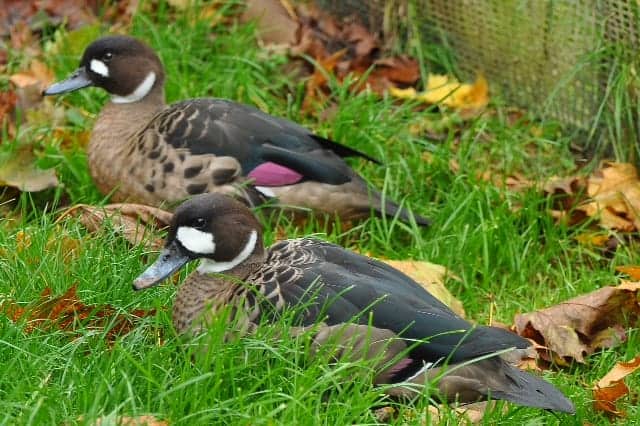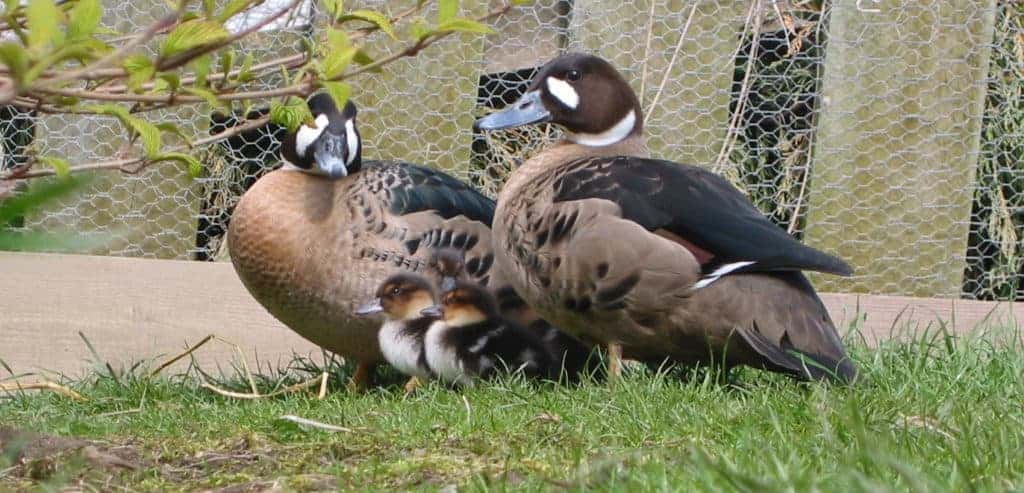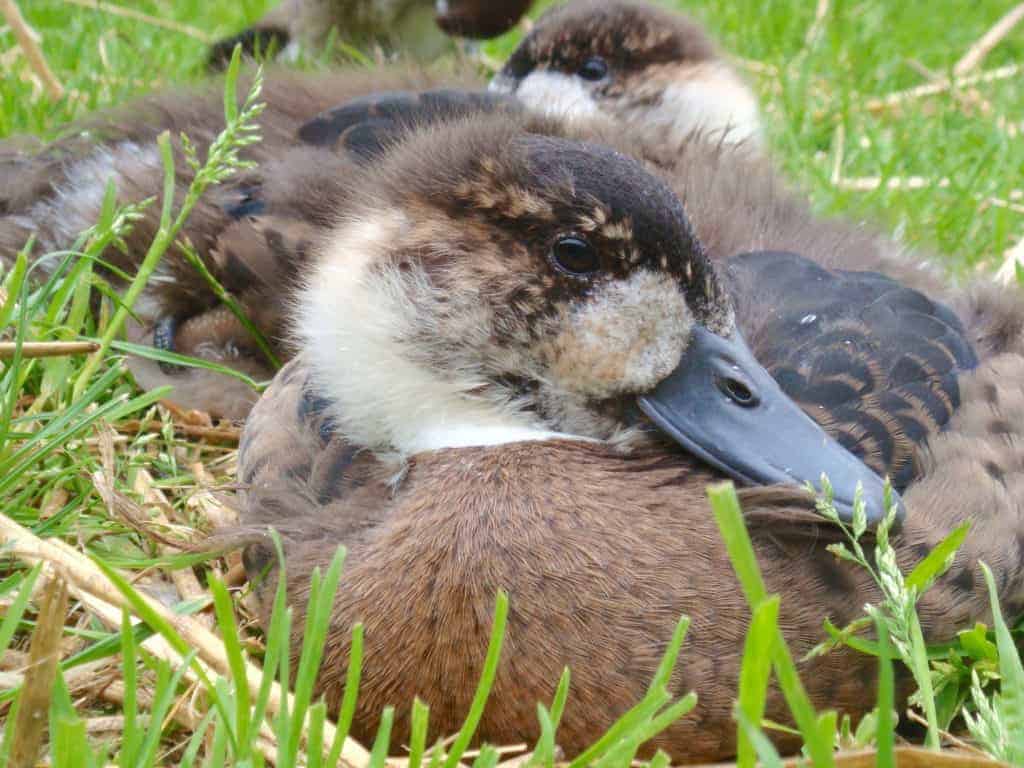Bronze-winged Duck

The species was traditionally placed in the genus Anas, but it is quite distinct from those birds and sits in a genus all of its own. The closest relatives are the Crested Duck Lophonetta specularoides and the Brazilian Teal Amazonetta brasiliensis. Both these are also monotypic.

Speculanas specularis
Another common name for this powerful bird is Spectacled Duck and this is also descriptive. In its home range; S Chile and WC Argentina S to Tierra del Fuego, the duck’s harsh bark earns it the local name ‘Pato Perro’ or Dog Duck.
Their habitat is often close to fast-flowing water in or close to woodland, though they are also found on lakes and ponds. They feed on larvae and pupae found under stones, aquatic animals, vegetation, seeds, small fish, snails, and crabs. Bronze-winged Ducks do well on grower pellet supplemented with some sea duck pellet.
Although not especially difficult to maintain and propagate, Bronze-winged Ducks usually have to be kept in their own enclosures. They are powerful birds with a need for their own space, notably in the breeding season. The ducklings are particularly delightful; the murderous tendancies only develop in adulthood.
Their good looks are beguiling. Beware seeing a pair at auction and planning to add them to a mixed collection. The collection may not stay mixed for very long.

Bronze-winged Ducks lay a small clutch of 4 to 6 pale creamy coloured eggs and the duck incubates for about 30 days.